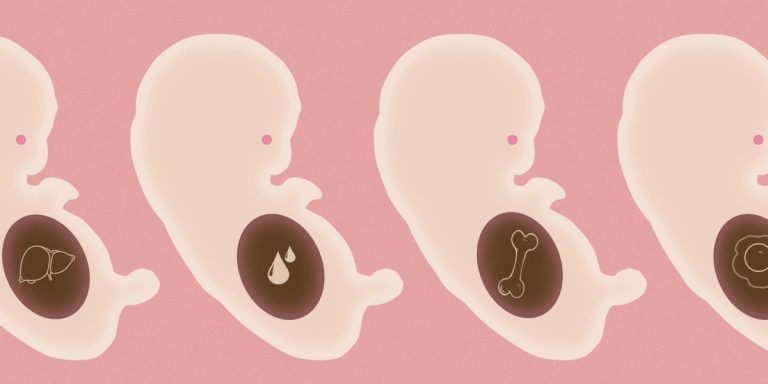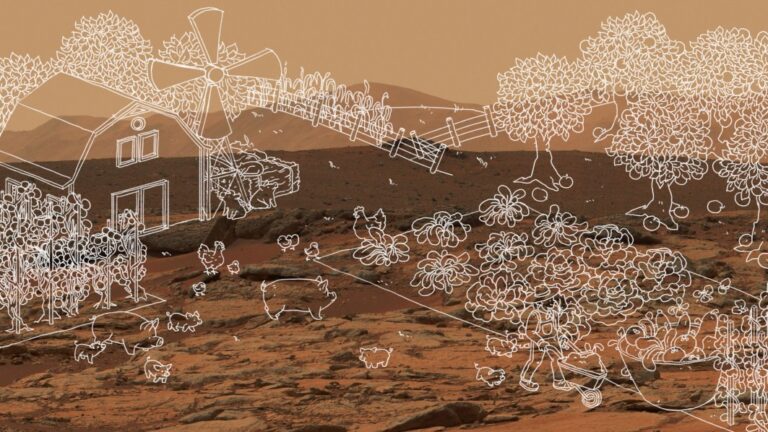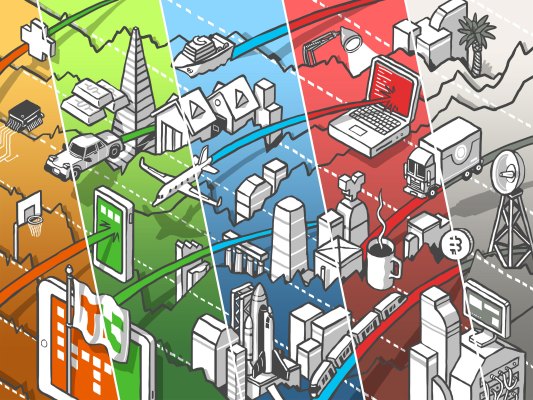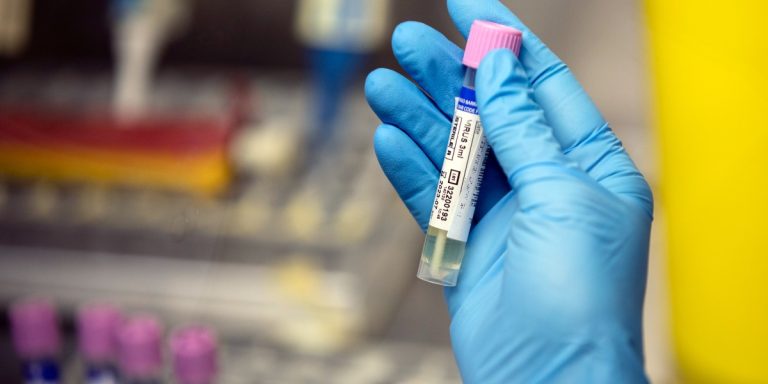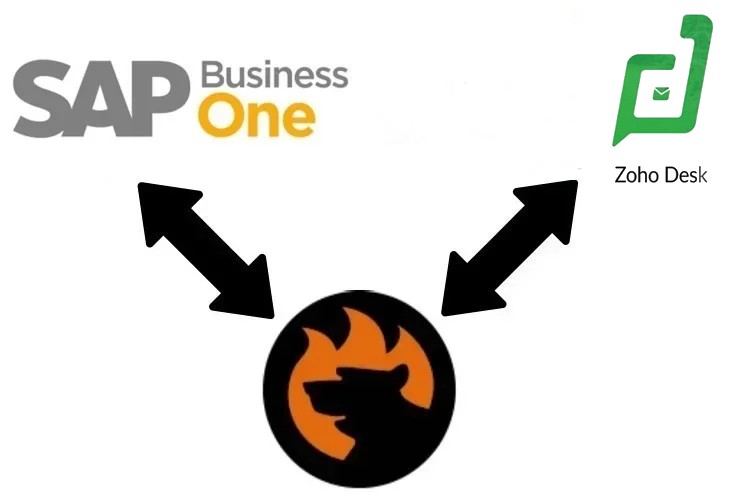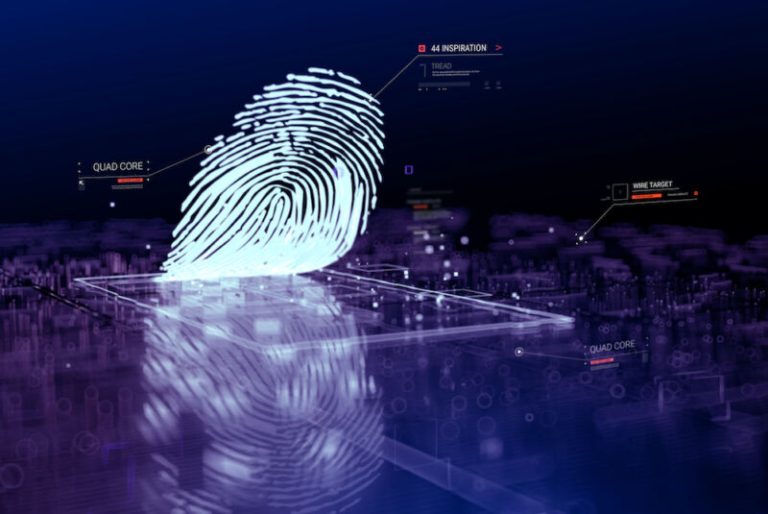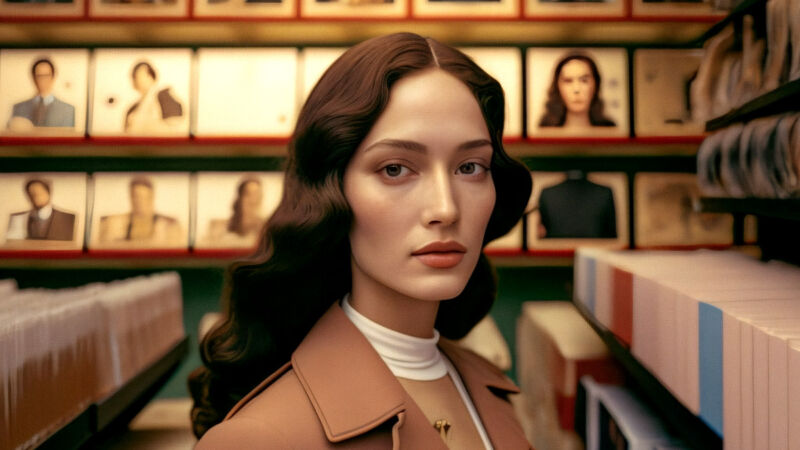
reader comments
73 with
Since last year, a group of artists have been using an AI image generator called Midjourney to create still photos of films that don’t exist. They call the trend “AI cinema.” We spoke to one of its practitioners, Julie Wieland, and asked her about her technique, which she calls “synthography,” for synthetic photography.
The origins of “AI cinema” as a still image art form
Last year, image synthesis models like DALL-E 2, Stable Diffusion, and Midjourney began allowing anyone with a text description (called a “prompt”) to generate a still image in many different styles. The technique has been controversial among some artists, but other artists have embraced the new tools and run with them.
While anyone with a prompt can make an AI-generated image, it soon became clear that some people possessed a special talent for finessing these new AI tools to produce better content. As with painting or photography, the human creative spark is still necessary to produce notable results consistently.
Not long after the wonder of generating solo images emerged, some artists began creating multiple AI-generated images with the same theme—and they did it using a wide, film-like aspect ratio. They strung them together to tell a story and posted them on Twitter with the hashtag #aicinema. Due to technological limitations, the images didn’t move (yet), but the group of pictures gave the aesthetic impression that they all came from the same film.
The fun part is that these films don’t exist.
The first tweet we could find that included the #aicinema tag and the familiar four film-style images with a related theme came from Jon Finger on September 28, 2022. Wieland, a graphic designer by day who has been practicing AI cinema for several months now, acknowledges Finger’s pioneering role in the art form, along with another artist. “I probably saw it first from John Meta and Jon Finger,” she says.
Runway’s Gen-2 become more capable and widespread. But for now, we’ll attempt to capture the zeitgeist from this brief moment in AI time.
Julie Wieland’s AI story
To get more of an inside look at the #aicinema movement, we spoke to Wieland, who’s based in Germany and has racked up a sizable following on Twitter by posting eye-catching works of art generated by Midjourney. We’ve previously featured her work in an article about Midjourney v5, a recent upgrade to the model that added more realism.
AI art has been a fruitful field for Wieland, who feels that Midjourney not only gives her a creative outlet but speeds up her professional workflow. This interview was conducted via Twitter direct messages, and her answers have been edited for clarity and length.
-
An image from an AI cinema still image series called “la dolce vita” by Julie Wieland, generated with Midjourney v5 and refined with Photoshop.
-
An image from an AI cinema still image series called “la dolce vita” by Julie Wieland, generated with Midjourney v5 and refined with Photoshop.
-
An image from an AI cinema still image series called “la dolce vita” by Julie Wieland, generated with Midjourney v5 and refined with Photoshop.
-
An image from an AI cinema still image series called “la dolce vita” by Julie Wieland, generated with Midjourney v5 and refined with Photoshop.
Ars: What inspired you to create AI-generated film stills?
Wieland: It started out with dabbling in DALL-E when I finally got my access from being on the waitlist for a few weeks. To be honest, I don’t like the “painted astronaut dog in space” aesthetic too much that was very popular in the summer of 2022, so I wanted to test what else is out there in the AI universe. I thought that photography and movie stills would be really hard to nail, but I found ways to get good results, and I used them pretty quickly in my day-to-day job as a graphic designer for mood boards and pitches.
With Midjourney, I reduced my time from looking for inspiration from Pinterest and stock sites from two days of work to maybe 2–4 hours, because I can generate the exact feeling I need, to get it across for clients to know how it will “feel.” Onboarding illustrators, photographers, and videographers has never been easier ever since.

